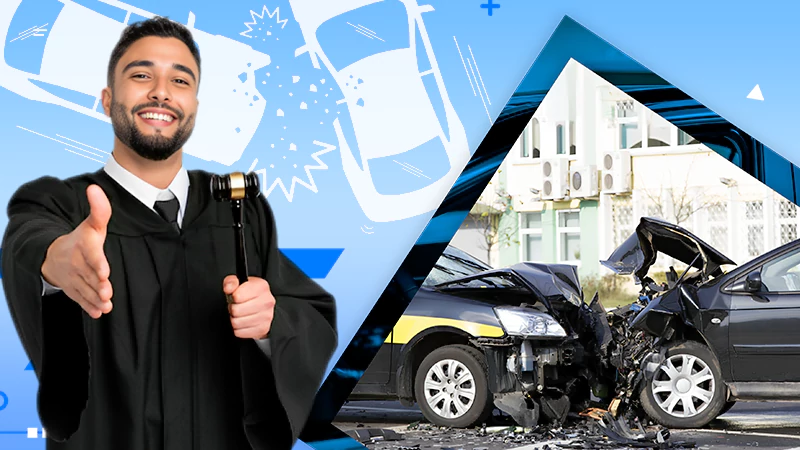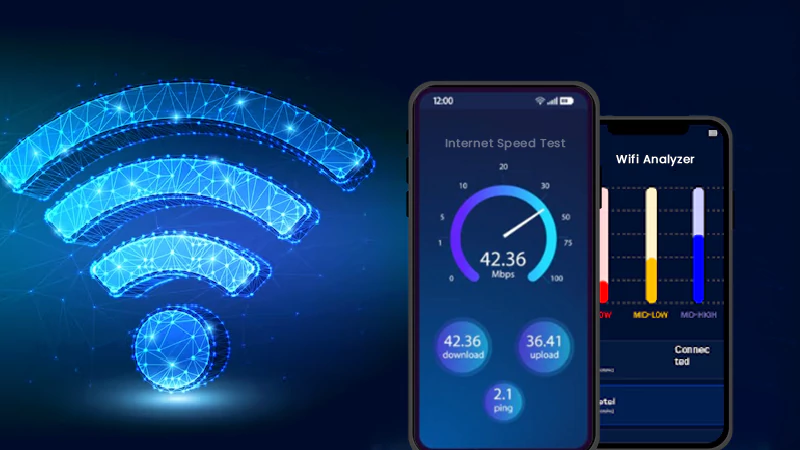Choosing the Right RV Battery
Choosing the Right RV Battery: Part 1
What is the difference between inexpensive and cheap? This question worries almost everyone who wants to buy something new. It doesn’t matter how big the purchase is. Price is almost always an important factor in everyone’s decision-making process.
This decision-making process is all the more complicated the less familiar you are with the product and service. It becomes all the more difficult when it is a cost-intensive matter.
The Internet marketplaces are full of various offers for different batteries. Since the battery is one of the most expensive components in a pedelec, along with the motor, we would like to shed some more light on the cost structure of a battery at this point.
The battery cells – depending on the configuration of a battery, are connected in series (increase in nominal voltage) and parallel (increase in capacity). For example, a 36V battery has 10 battery cells in a series. Suppose the battery’s nominal capacity is 13Ah, and cells with a nominal capacity of 2.6Ah are installed in the battery. In that case, we are talking about 5P, i.e., 5 battery cells, each with 2.6Ah, which are connected in parallel. Without a math degree, anyone can calculate 10 x 5 = 50 battery cells, which are built into the battery.
The battery cells make up about 60 – 70% of the total cost of a battery. Suppose these come from well-known manufacturers such as Panasonic (Sanyo), Samsung SDI, LG Chem, or Murata (Sony). In that case, the total price for the battery cells is already above the price of some dubious suppliers.
The BMS (Battery Management System) – the BMS is the controller, in other words, the brain of a battery. The BMS ensures that the battery is not overcharged or over-discharged. The BMS controls how much current the battery can pass on to the controller and how much charging current the charger supplies the battery. Furthermore, the BMS, like a conductor in an orchestra, also ensures that all built-in battery cells are in a similar voltage level.
A Smart BMS is a further development of the control component. We speak of Smart BMS when it is programmable and can ensure additional functions such as communication and other monitoring. A smart BMS is usually more accurate and expensive than a standard BMS.
Housing, case, and the like – many 12V batteries are installed in housings. These can be special housings for pedelecs mounted on the frame, luggage rack, etc.
Welding Material: Nickel is commonly used to connect the battery cells in series and parallel. The purer the nickel, the more durable and conductive this material is. To save costs, cheaper nickel alloys are often used. HILUMIN is an example of a nickel coating on steel. The price of this material is much lower compared to pure nickel.
Labor: Depending on where the battery is manufactured, different labor costs will factor into the price of the battery. Manufacturing in Germany is much more expensive than in China, for example.
A very common, under-discussed issue is the relationship between price and lifespan. Batteries are rechargeable, and therefore the price of the battery must be calculated over its lifetime. In practice, the price is calculated in Wh (watt hours). Wh is the energy stored in the battery (capacity x voltage)? So you divide the total price by the total energy to know how much a watt-hour costs.
Calculation example:
A 36V battery with 10Ah has 360Wh and costs $200. Therefore, the price per Wh is $200 / 360Wh = $0.55 per Wh.
Another 36V battery with 20Ah has 720Wh and costs $350. Therefore, the price per Wh is $350 / 720Wh = $0.48 per Wh.
So which battery is cheaper?
Let’s make it a little more complex. Suppose you have a 50Ah 48V battery from China for $1450, and the battery is no longer usable after a year. A comparable 48V 50Ah battery costs $1450, for example, and lasts 5 years.
Which battery did you pay more for?
In our many years of experience, there are very few bargains on rechargeable batteries. Anyone who manufactures branded battery cells pays almost the same prices for the battery cells in Germany, the USA, and China. Since the price of the battery cells in the battery is the main cost factor, the more cost-effective production in Asia cannot justify serious price differences. Caution is the order of the day here!
Choosing the right RV battery: Part 2
One of the most frequently asked questions is: what is the best battery cell for a pedelec battery? There is no clear answer to this question.
There are many different lithium iron phosphate battery from different manufacturers in the world market. Since so-called cylindrical Li-Ion battery cells (mainly in the formats 18650, 20700, and 21700) are mainly installed in the batteries of pedelecs, in this article, we will try to list and explain the differences between common battery cells.
The following figure shows the differences between 3 common chemical compositions of Li-Ion battery cells (anode and cathode) as an example of the complexity. Six properties are used. Each of these “families” includes many different “relatives,” i.e., different Li-Ion battery cells.
In our article, we will mainly deal with battery cells from the 4 largest manufacturers in the world, Panasonic (Sanyo), Samsung SDI, LG Chem, and Murata (Sony). We disregard the numerous manufacturers of Li-Ion battery cells from China because, in our opinion, they cannot compete with the products of the manufacturers mentioned above in terms of quality.
We consider the battery cells we use the most. Our evaluation is based on the manufacturer’s technical data and our own experience with the battery cells. We use criteria other than those in the figure above and evaluate them based on three levels.
Since the battery cells also differ in price, the selection of the most suitable battery also depends on the total price of the battery.
As you can see, we can never talk about the “best” battery but always about the “most suitable” battery for a specific driver profile.
If you use your pedelec in winter, you will probably use a battery with different battery cells than someone who only rides in summer. Anyone who rides routes with many inclines will probably choose a battery with different battery cells than the pedelec rider who rides in a rather flat landscape.
Exploring Common 2-Story Houses Energy Usage Patterns and…
How Long Does It Take to Obtain An…
The Secrets Behind High-Performance Racing Windows
Co-Parenting Strategies for Divorced or Separated Parents in…
How Auto Lawyers Help Victims of Distracted Driving…
How Can an Attorney Help in a Trucker…
What is the Rule of Thumb for Pipes?
Best DVD Rippers for Windows & Mac: Free…
Reducing the Impact of Unexpected Construction Expenses
8 Ways to Improve Wi-Fi Speed and Stability…
What Information Can Be Gleaned From a Funnel…
Essential Strategies to Make Hotel Management Easier












